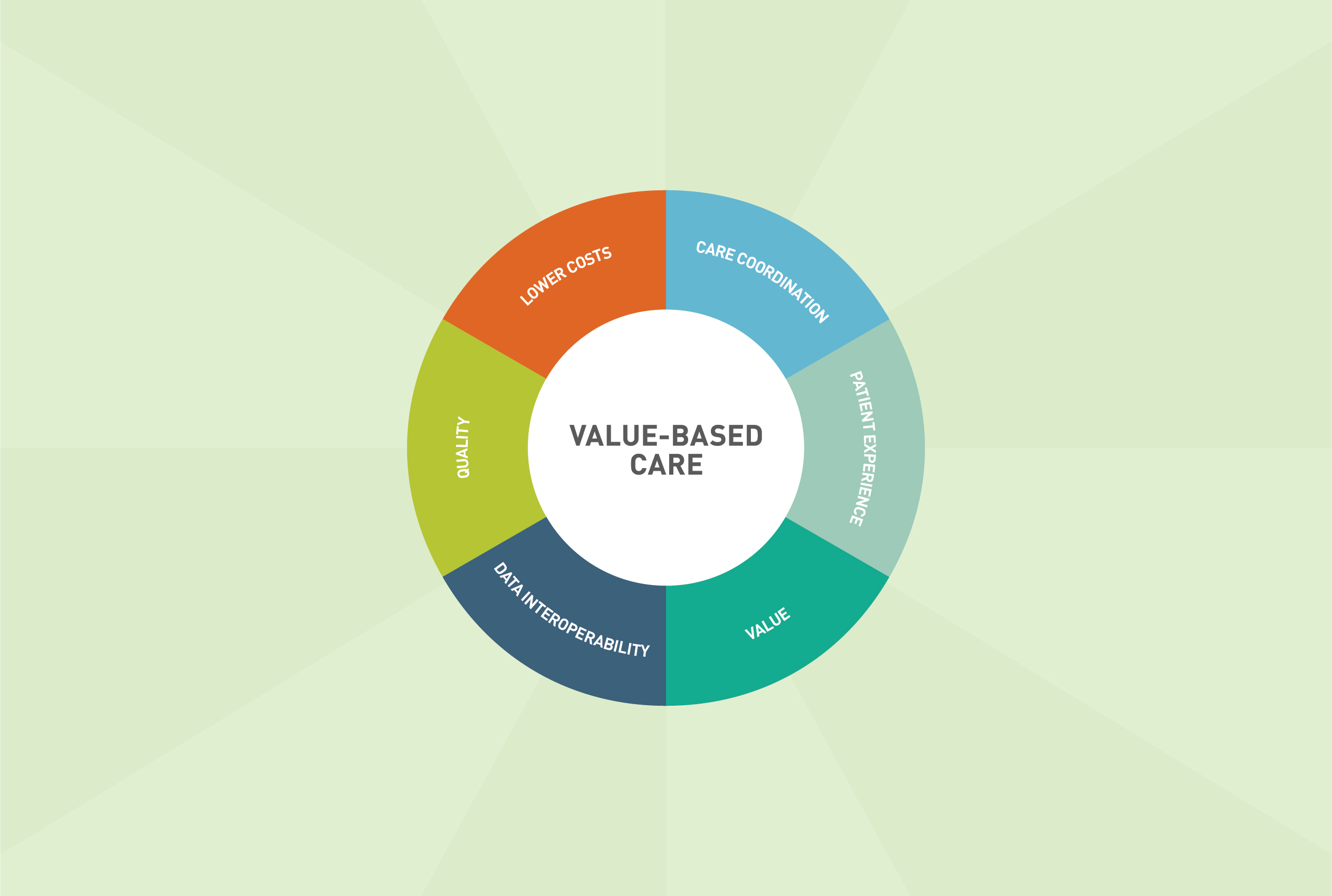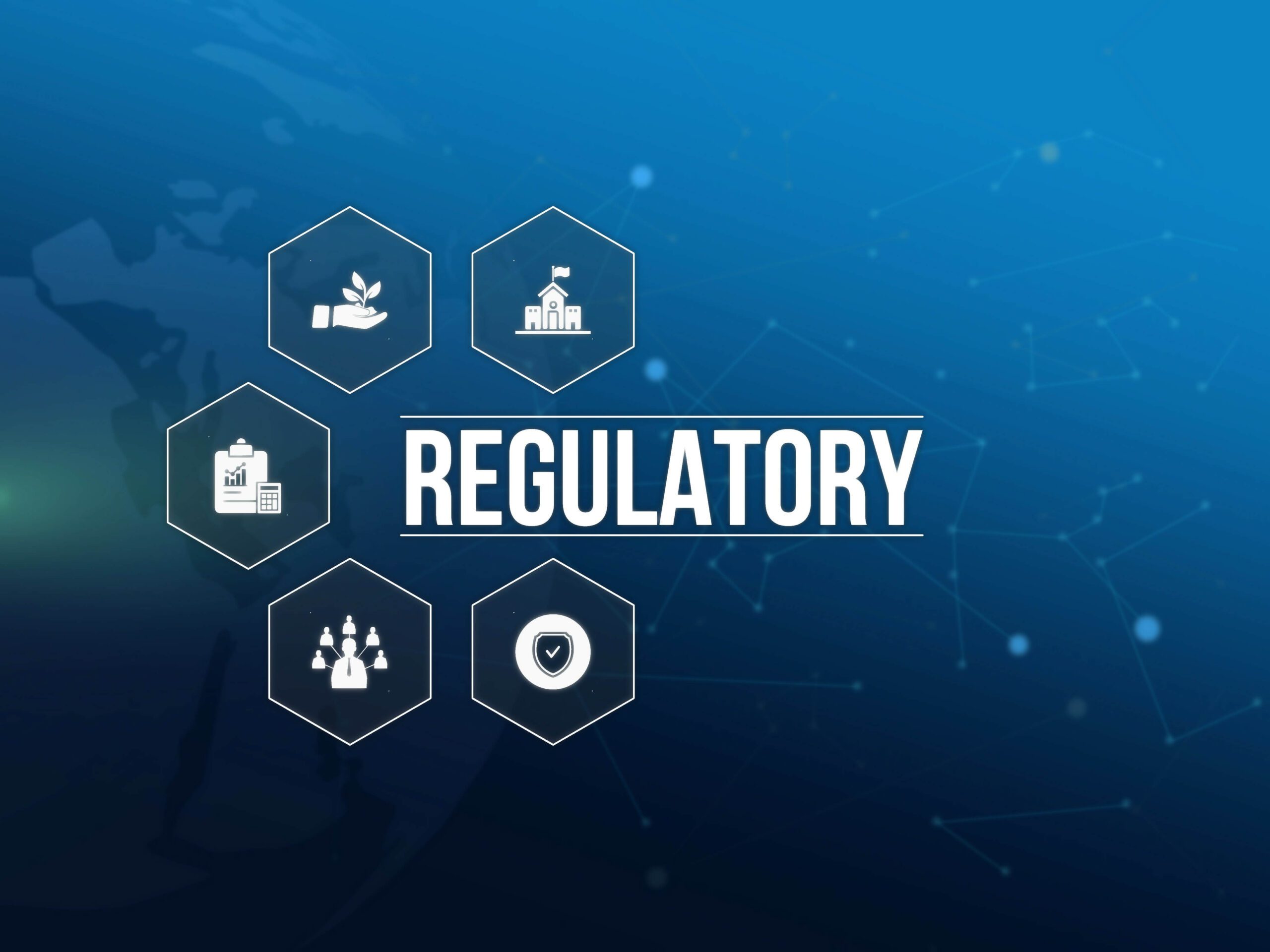Recently, I had the privilege to catch Martin Makary, MD, a surgical oncologist, chief of the Johns Hopkins Islet Transplant Center, and author of The Price We Pay: What Broke American Health Care And How to Fix It, present at the THAP Texas Healthcare conference.
During his presentation, “The High Cost of Health Care and How People can get a Better Deal During and After COVID-19,” Dr. Makary started down a list of key aspects of care that are rising around value-based, such as the appropriateness of care and referral processing by quality. Additionally, Dr. Makary touched on the European public markets, like Italy, that are finding success with globally capitated value-based arrangements versus the broken fee-for-service revenue stream we see more commonplace in our commercial markets here in the states today.
The Importance of Value-Based Care for Health Plans
Continuing the value-based care theme at the same conference, Dr. William Shrank, Chief Medical Officer at Humana, discussed topics like de-adopting low-value care, reducing waste, and re-imagining prior authorization and utilization management.
Dr. Shrank reviewed a gold card approach to value-based care that would exempt physicians based on performance for authorizations or referrals. Focus on high-value, quality care, value-based reimbursements are driving Humana’s shift to shared risk models.
Humana is not alone. In September of 2020, CareFirst BlueCross BlueShield and MedStar Health announced a value-based care initiative they project could save $400 million. The concept of Total Care includes new value-based care reimbursement models that focus on outcome-based medicine utilizing coordinated care to reduce costs and improve quality.
As my colleague, Harry Merkin, previously wrote, “The COVID-19 pandemic has also highlighted the flaws of the fee-for-service model, with providers of all types experiencing the delay of preventative and elective medicine resulting in revenue disruption… leading to higher costs for both health plans and providers.” Janet Barros also has a great blog, Value-Based Care Requires Payer-Provider Collaboration, where she reviews how sharing data and analytics can help with Social Determinants of Health (SDoH) and understanding how it impacts high utilizing members. Sharing data and analytics can help with SDoH and understanding how it affects high-utilizing members. A couple of aspects to consider around value-based reimbursement and the many moving parts.
A core solution that can both integrate with best-in-class care management applications and providers via EDI transactions with near real-time insights into the business will be integral in this enablement. Above integration, however, how easily the core system and ancillary components can be configured to implement these emerging models will directly impact the costs of change. The automation and level of business user enablement to accommodate these (and many other similar) changes directly attribute to the overhead of implementing these market-driven needs. Modeling, projecting, i.e., the analysis of any claims testing transactions, including quality, all of these activities will need to come together, like any other implementation, in order to make these concepts reality. The payers that can execute these aspects the best will likely determine their success in the landscape of value-based reimbursement.




